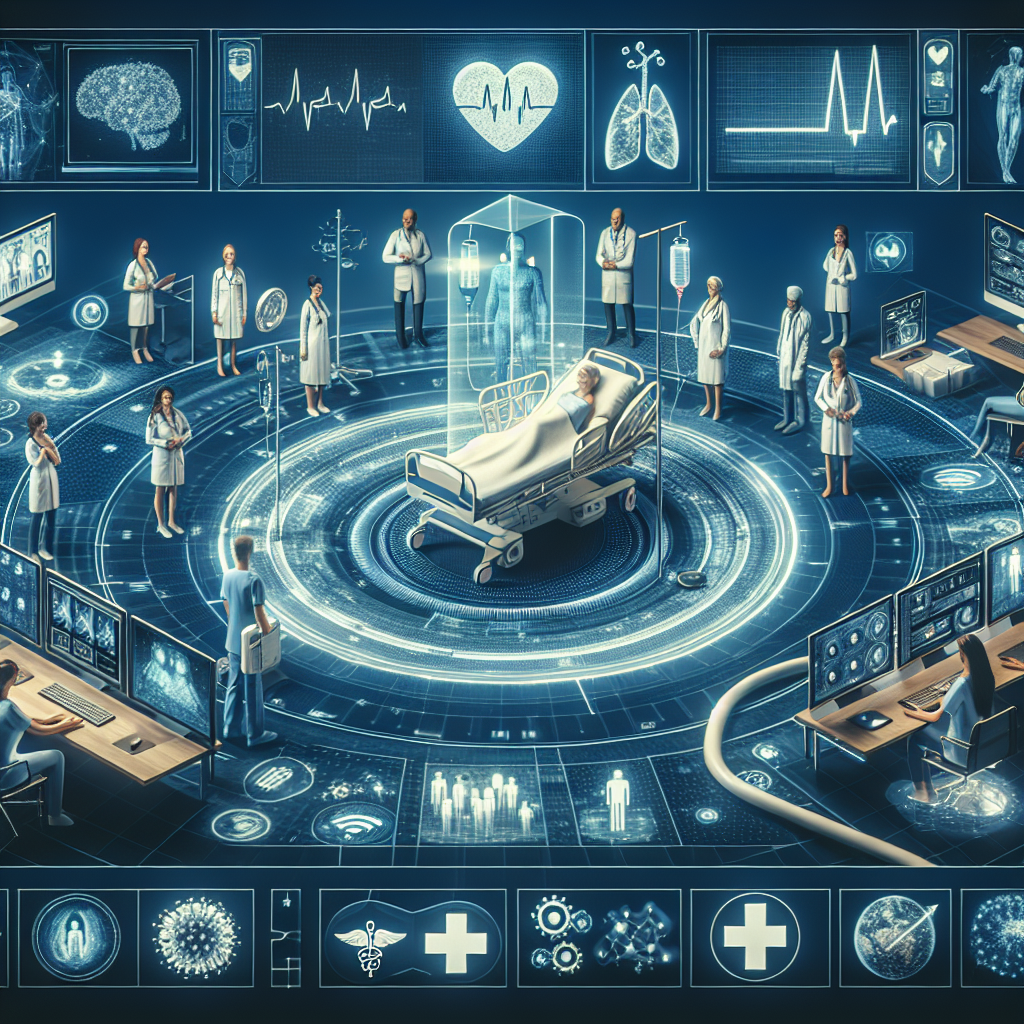Your cart is currently empty!
The Future of Healthcare: How Remote Monitoring is Revolutionizing Patient Care

The Future of Healthcare: How Remote Monitoring is Revolutionizing Patient Care
In recent years, advancements in technology have revolutionized the way healthcare is delivered. One of the most significant innovations that is transforming patient care is remote monitoring. This technology allows healthcare providers to monitor a patient’s vital signs and health data from a distance, enabling them to provide more personalized and timely care.
Remote monitoring involves the use of devices such as wearable sensors, mobile apps, and telehealth platforms to track a patient’s health metrics in real-time. These devices can monitor a wide range of vital signs, including heart rate, blood pressure, blood glucose levels, and oxygen saturation, among others. The data collected is then transmitted to the healthcare provider, who can review it and make informed decisions about the patient’s care.
One of the key benefits of remote monitoring is that it allows for continuous monitoring of a patient’s health, even when they are not in a healthcare facility. This can be particularly beneficial for patients with chronic conditions such as diabetes, hypertension, or heart disease, who require ongoing monitoring to manage their health effectively. By tracking their vital signs regularly, healthcare providers can detect any changes or potential issues early on, allowing for timely intervention and preventing complications.
Remote monitoring also enables healthcare providers to deliver more personalized care to their patients. By collecting and analyzing real-time data, providers can gain a better understanding of each patient’s unique health needs and tailor their treatment plans accordingly. This can lead to more effective and efficient care, improving patient outcomes and reducing healthcare costs in the long run.
Additionally, remote monitoring can improve access to care for patients in remote or underserved areas. By utilizing telehealth platforms and wearable devices, healthcare providers can reach patients who may not have easy access to healthcare facilities, allowing them to receive the care they need without having to travel long distances. This can help to bridge the gap in healthcare disparities and ensure that all patients have access to quality care, regardless of their location.
As technology continues to advance, the potential for remote monitoring in healthcare is only expected to grow. With the rise of artificial intelligence and machine learning, remote monitoring systems are becoming increasingly sophisticated, capable of analyzing large amounts of data and detecting patterns that may indicate potential health issues. This can help healthcare providers make more accurate diagnoses and treatment decisions, ultimately improving patient outcomes and quality of care.
In conclusion, remote monitoring is revolutionizing patient care by enabling healthcare providers to monitor patients’ health in real-time, deliver more personalized care, and improve access to care for underserved populations. As technology continues to evolve, the future of healthcare looks brighter than ever, with remote monitoring playing a crucial role in transforming the way healthcare is delivered and improving patient outcomes.

Leave a Reply